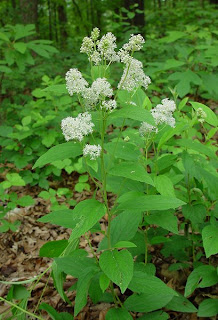OREGANO

Latin Name: Origanum vulgare
Alternate Names: Wild Marjoram
Family: LAMIACEAE
Parts Used: Above ground portion.
Properties: Anti-inflammatory, Antioxidant, Antiseptic, Antispasmodic, Aromatic, Carminative, Cholagogue, Diaphoretic, Digestive Tonic, Emmenagogue, Expectorant, Stimulant, Stomach Tonic, Tonic.
Internal Uses: Amenorrhea, Bronchitis, Colic, Cough, Dysmenorrhea, Dyspepsia, Fever, Flatulence, Headache, Indigestion, Measles, Motion Sickness, Mumps, Nausea, Neuralgia, Pleurisy, Rheumatism, Tonsillitis
Internal Applications: Tea, Tincture, Capsules.
It helps headaches due to nerves.
It helps headaches due to nerves.
Topical Uses: Bruises, Colds, Congestion, Flu, Headache, Joint Pain, Sinus Congestion, Sprains, Swellings, Toothache
Topical Applications: Use as a liniment, poultice or compress for bruises, sprains, swellings, headache and painful joints. Bath herb for colds and flu. Inhalations of tea to clear congested lungs and sinuses. Hair rinse. Chew on leaves or apply diluted oil for toothaches. Perfume.
Culinary uses: Used to season vegetables and sauces in German, Greek, Italian, Mexican and Spanish cooking. Use to season pizza, chili, meat dishes, beans, eggs, relishes, dips and salad dressing. Used in bouquets, garnishes, beer, bitters and vermouth.
Energetics: Pungent, Warm.
Chemical Constituents: Essential oil (carvacrol, thymol), terpenes (borneol, terpinene, terpineol), flavonoids, tannins, bitters.
Chemical Constituents: Essential oil (carvacrol, thymol), terpenes (borneol, terpinene, terpineol), flavonoids, tannins, bitters.
Contraindications: Avoid large medicinal dosages during pregnancy.
Comments: The genus name, Origanum is from the Greek words oros and ganos, meaning 'joy of the mountain' in reference to the plant's beauty when growing on mountainsides. Romans made wreaths of Oregano to crown young couples.
The herb Origanum marjorana, commonly known as Marjoram, is very closely related to Origanum vulgare and shares its medicinal qualities.
The herb Origanum marjorana, commonly known as Marjoram, is very closely related to Origanum vulgare and shares its medicinal qualities.

